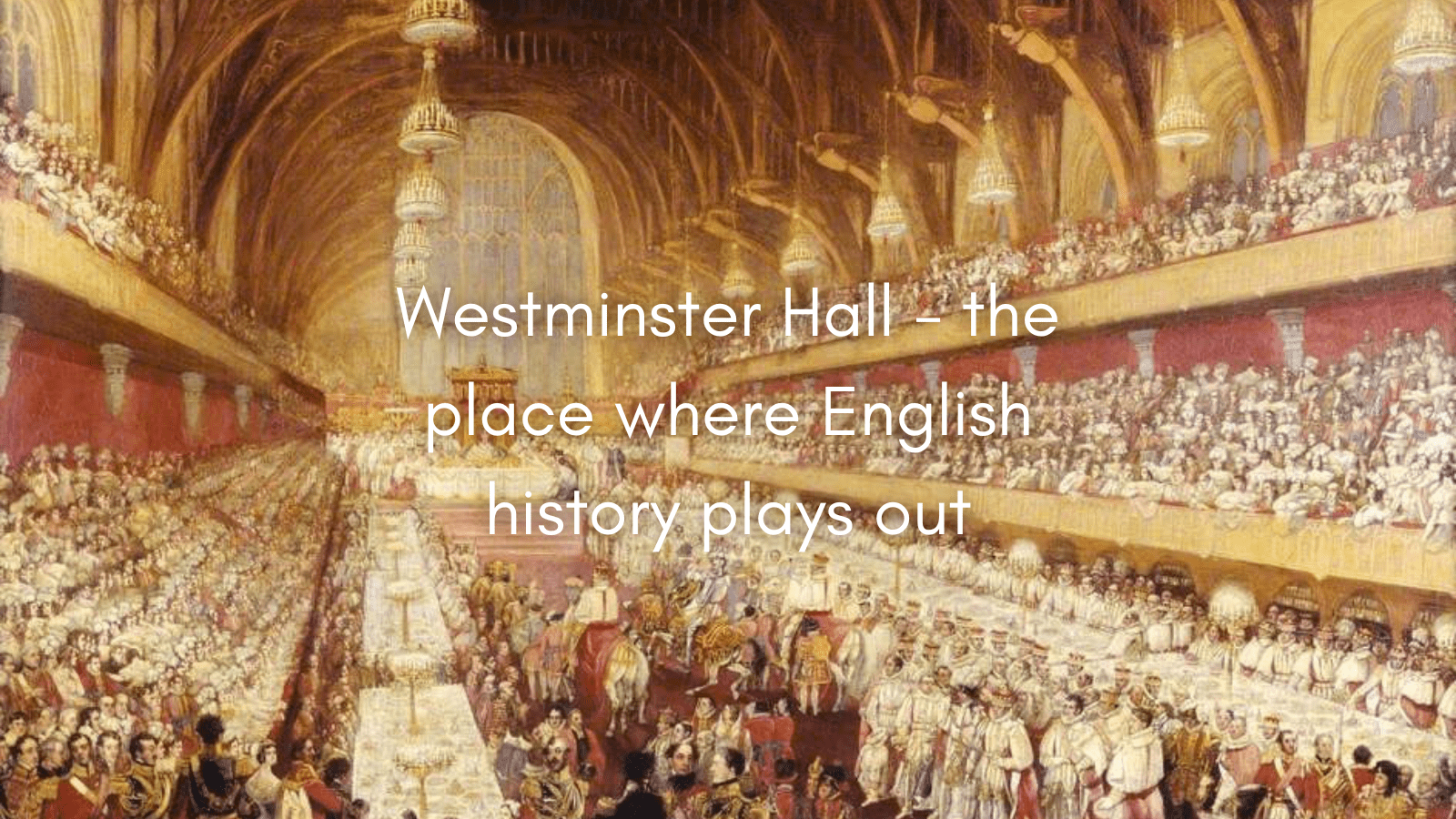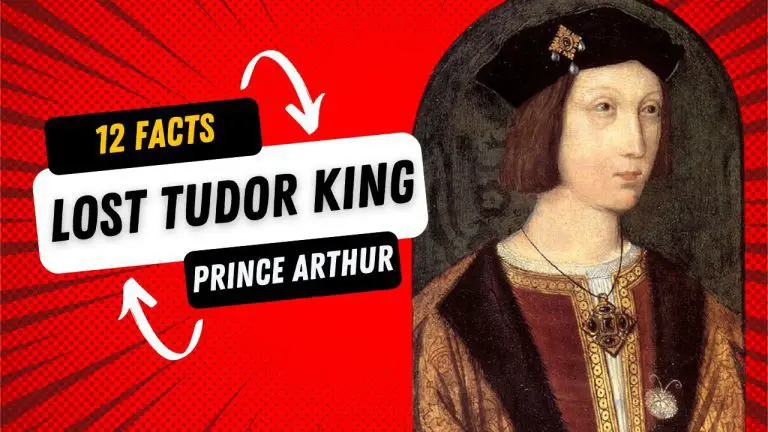Westminster Hall – the place where English history plays out
The ancient Westminster Hall in London is part of the Palace of Westminster and remains the oldest building in the UK Parliament to survive almost in its original form.
It has been the location of numerous significant events, including the coronation banquet of Henry VIII and the trials of William Wallace, Thomas More, Guy Fawkes, and Charles I. Since 1910, every Monarch of the United Kingdom has laid in state here.
The Early History of Westminster Hall
William II (Rufus), the son of William the Conqueror, was responsible for its construction between 1097 and 1099. It was Rufus’s way to impress his power, majesty, and authority over his new subjects.
On its completion, Westminster Hall was the largest hall in England and quite possibly also in Europe. With a length almost that of four cricket pitches end-to-end and a floor area of 1,547 square metres (17,000 square feet), it totalled 73 by 20 metres (240 by 67 feet). It proved to be impractical mostly due to its size, with the royal household utilising smaller halls for daily use. Today it still dwarfs the two main chambers of the Houses of Parliament, The House of Commons and the House of Lords.
Walls two metres (six feet) thick enclose Westminster Hall and can still be seen today, although now heightened and refaced. The interior boasts an arcade with large arches and windows above, which is a chequer-work pattern of light and dark stone. The arcade has a wall passage around all four sides. All interior walls were plastered and painted, and the arcade was draped in decorative hangings.
Westminster being the ceremonial centre of the United Kingdom, the Great Hall has borne witness to many a royal feast, not the least of which are the many coronation banquets. The Palace of Westminster was the primary residence of the royals throughout the medieval period. As such, while King John was on the throne between 1199 and 1216, the Exchequer graduated from Winchester to Westminster.
It was not long before traders started selling their wares in Westminster Hall, and by the 1290s, the merchandisers were taking advantage of the crowds already about the Hall. By 1339, shops were in operation. The shops were only removed in 1780.
Coronation Banquets at Westminster Hall
In 1189 the first coronation banquet took place in Westminster Hall for Richard the Lionheart.If a Queen consort was crowned separately from her husband, then a banquet would take place. The most famous was probably for Henry VIII’s second wife, Anne Boleyn in 1533.
The banquets were, understandably, extravagant affairs. Music was played by the King’s Minstrels. Officials, including the Earl Marshal, would ride around the hall on horseback, keeping order.
One of the highlights of these events would be the King’s Champion entering Westminster Hall in on his war horse in full armour and challenging anyone present to deny the King’s right to the throne.
3000 people attended the banquet to celebrate the coronation of Richard III.
The final Coronation Banquet took place for George IV in 1821. It was then decided that the banquet was too expensive and hence it no longer took place.
Trials at Westminster Hall
Westminster Hall plays a key part in legal history, it was where justice was delivered in England. The Court of Common Pleas, The King’s Bench, and the Chancery all sat in the Hall itself, with bars of oak planks defining each court.
The final monarch to personally hear a case in Westminster hall was Richard III.
Some of the most famous State trials in history have taken part here.
In 1305 Willaim Wallace was tried in Westminster Hall. He was made to wear a crown of laurels to suggest that he was King of outlaws. Wallace’s defence was that he was not the subject of Edward I, and he had never sworn personal allegiance to him. Like most treason cases, the result was a foregone conclusion.
During the Tudor era, Cardinal Fisher, Thomas More, Protector Somerset, the Jesuit priest Edmund Campion, and the Earl of Essex were all tried and found guilty here, as were four of the five men accused of committing adultery with Anne Boleyn.
King Charles I was tried and found guilty here on 20th January 1649.
The law courts were finally removed in 1882.
Other uses of the hall and notable events
During the Blitz in 1941 the hall was threatened by fire. The House of Commons was damaged causing MP’s to sit in the House of Lords. However, the hall escaped.
Westminster Hall was used as a drill hall following a perceived threat of invasion by France circa 1859. Parades and inspections were held here every month by the Corps of Commissioners after its founding in 1859 to secure employment for wounded servicemen.
The 20th century saw the Hall hosting parades, coronation luncheons, veteran gatherings, and exhibitions.
As part of the Palace of Westminster, it has become a place where notable heads of state address the members of both Houses of Parliament. In 1960 President de Gaulle of France spoke here, as did Nelson Mandela in 1996.
Lying in state at Westminster Hall
The traditional of monarch’s and consorts lying in state in Westminister Hall began when Edward VIII died in 1910.
All monarch have done so since.
Winston Churchill also lay in state in 1965 prior to his state funeral.
On Wednesday 14th September 2022, the hall will be opened 24 hours a day from 5 in the afternoon until 6.30 BST on the morning of Monday 19th September as Queen Elizabeth II lies in state ahead of her funeral. Her body will be brought here from Buckingham Palace in a slow procession accompanied by a military parade. While Queen Elizabeth II lies in state, the public may pay their respects while filing past her coffin as it rests on a catafalque beneath the 11th Century timber roof. Soldiers of the Royal Household will stand vigil at each corner of the platform holding Her Majesty’s coffin during this time.
The Queen Mother was the last member of the Royal Family to lie in state in Westminster Hall in 2002. More than 200,000 people paid their respects likewise.






